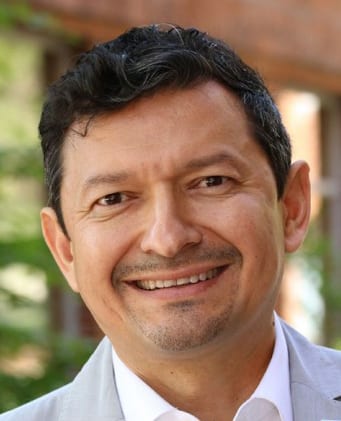
[Editor’s Note:This article is a collaboration between PRNEWS and the Institute for PR. Juan-Carlos Molleda, Edwin L. Artzt dean and professor at the University of Oregon School of Journalism and Communication, relates lessons he’s learned during the pandemic.]

In February, the University of Oregon activated an emergency preparedness plan to address the COVID-19 outbreak. Despite having a plan, our president noted: “We’re going to come out of this situation different than when we went in, and we’re going to make mistakes.”
I surely have, but I am working hard to make things right for my school community, which needs timely and accurate information, encouragement and hope. The aim is to reduce the high levels of anxiety and uncertainty felt by all. Our responses follow a central guiding principle: to prioritize the safety, health and well-being of our student body.
The Need to Over-Communicate
Initially, I felt strict communication policies would constrain me. Messages from the university president, provost and chief resilience officer were the only stream of information faculty, staff and students received at the outset. However, colleagues made it clear they wanted to hear from me, the dean, as well.
I initiated conversations with my executive team, faculty and staff about school-specific information, core messaging from university officials, and genuine expressions of concern and team spirit. Messages were crafted from daily consultations with university administrators and the campus Incident Management Team (IMT).
These conversations have resulted in strategies and techniques to keep the community closely informed, encouraging behaviors to protect and support us all. This was critical in serving the university’s priority to preserve academic continuity for the benefit of students, and ultimately, the full university community.
Balancing Urgency and Calm
These are some of the lessons I have earned:
- The pandemic requires us to strike a balance between a sense of urgency and a call to remain calm. The levels of anxiety and uncertainty are high; clear policies, processes and procedures, combined with necessary agility and flexibility to address circumstances we cannot predict, will reflect a sense of control and intentionality.
- Some updates are relevant to all members of the school community, but often specific groups expect guidance and insight that pertain directly to them. Finding efficiencies when email boxes already are flooded strengthens voices of our leaders as trusted sources of critical information.
- We need to be as coordinated as possible ahead of major announcements. At the university, the provost communicates general messaging to the deans, and we tailor the announcements to our units.
- Consistency and repetition (within reason) are important as we try to capture the attention of our internal audiences and convey information clearly. This is critical especially when messages internal audiences are receiving externally are conflicting.
- Everyone is facing fears, questions and concerns that deserve a nuanced response and collective action.
- Multiple brains are better than one. Empowering those with specialized knowledge and responsibilities—such as Human Resources, Facilities, Finance and Student Services—is critical to an informed and functional community
- This moment demands empathetic and ethical communication. Faculty, staff, students and students’ families need reassurance of, and solidarity with, their individual and collective circumstances. People are juggling family and work lives, with greater pressures at home. Despite the stress of this situation, everyone is working hard, sharing resources and tips to teach remotely, something many of our faculty had long resisted and found intimidating. I encourage this synergy and regularly recognize the inspired work they are doing to adjust to the rapidly changing academic landscape.
It’s uncertain when the pandemic will conclude. The way we live, work and communicate will be different when it passes. How we navigate it may result in unanticipated silver linings that guide us to innovative futures.
CONTACT: nikki@instituteforpr.org
